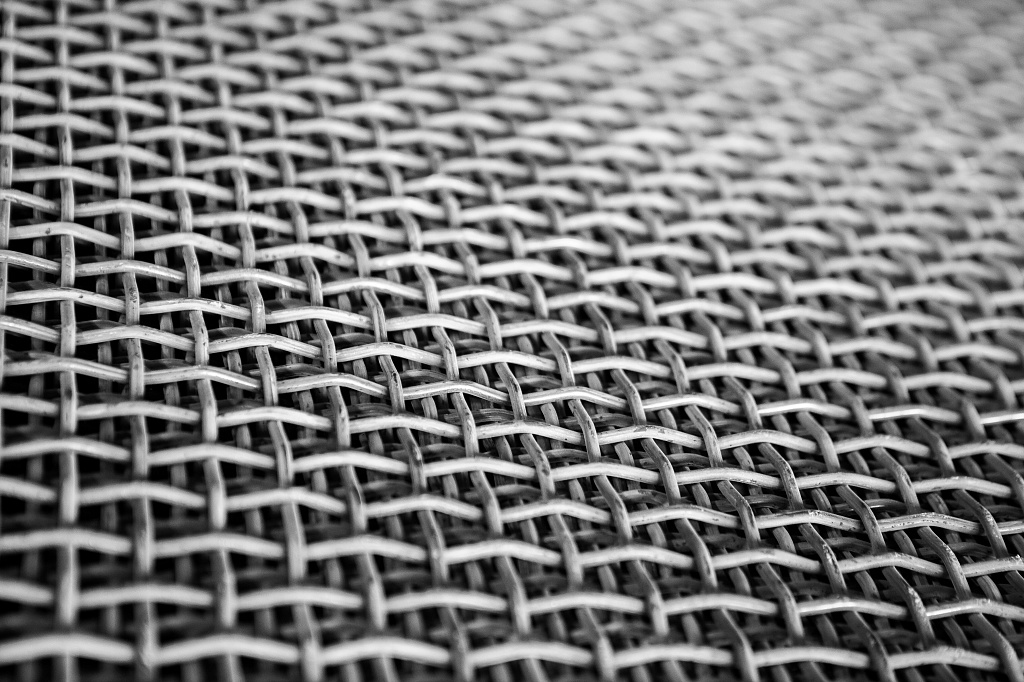Screening is the technological process of separating bulk raw materials according to particle sizes on screens that consist of one or more vibrating sieves. If the process is mechanized, the screens act as machines or apparatus.
Screening can differ according to technological use:
- Auxiliary, in the process of which the fine fractions of the raw material are separated;
- Control (verification), separation of fine fractions of crushed material;
- Combined, when auxiliary screening and control are combined in one operation;
- Preparatory, used for the allocation of materials of different classes of fineness for separate treatment;
- Mechanical sorting used to obtain the finished product sent to the consumer;
- Dewatering, to remove water from the starting material.
Scope of application
Screening is used in various industries: coal, ferrous and non-ferrous metallurgy, construction industry, mining chemistry, food processing industry.
The screen is used to divide into fractions of rocks, inert building materials, dehydration of enriched coals and washed ores. Machines for sieving grain on mechanized currents, elevators, mills, are also classified as screens.
Grain cleaning machines are widely used in the technological processes of grain separation. The working part of the machines are sieves, which serve to separate the grain material into fractions and to purify from weeds. To improve the quality of grain cleaning, it is necessary to properly select sieves with the optimal size and shape of the holes.
Classification of sieves for separation
Sieves are mounted in sieve grinding machines for grain cleaning. The grinding mills create oscillations that move the sorted material. Raw material moves along sieves, where small seeds and impurities are screened out through holes, and large fractions fall into the following sections.
The screens are characterized by the coefficient of the live section, which is the ratio of the area of the cells to the surface area of the screen, where the holes are located.
The following types of screens are distinguished:
- Flat-punched (perforated);
- Welded wire;
- Stringed;
- Spatial (slit);
- Tissue.
A wide use was made of flat punch sieves. They are made of steel sheets, where the material is cold-rolled, galvanized or stainless metal. In the holes are punched holes of various sizes.
Wire welded screens have a larger area of the live section than the penetration surfaces. Such screens have a simple design, are easily manufactured and have a long service life. Such surfaces are widely used in skelperators.
String screens differ from wire screens in that they have no jumpers. Strings are able to form long slots that can be adjusted in width.
Spatial sieves have elongated cracks between the ribs. The profile of the ribs can be of different shapes: triangular, rectangular, oval. This kind of surface splits the grain well and directs it along the slit for sifting fine fractions.
Fabric sieves are used mainly in the flour and cereals industry. Small holes are necessary for these purposes and their cleaning is not necessary.
During the separation, special attention is paid to sifting the material through the holes.
The shape of the hole is divided:
- Round, for dividing grain in width;
- Rectangular, separate material by thickness;
- Oval, increase separation efficiency in width.
Quality sieves for screening are made taking into account such parameters as the size of the indentation from the edge, tolerances and distances between the cells. Therefore, many surface manufacturers practice their manufacturing according to the customer's drawings.
 Русский
Русский English
English




